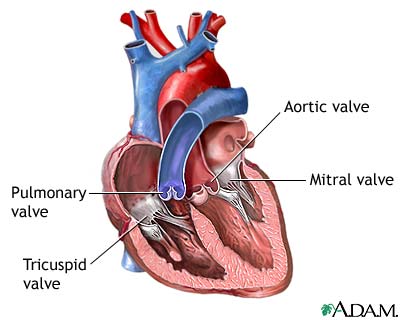For many years, scientists and neurologists were convinced that neurons in the brain only formed during early development, and after that it was simply impossible for new neurons to be formed. More recent work, however, has shown this to be largely untrue, since several regions of the brain possess resident stem cell populations that can divide to replenished damaged neurons and even augment learning and memory. The capacity of neural stem cell populations to regenerate the central nervous system is a continuing field of intense research, and scientists at the National Institutes of Health (NIH) have reported one region of the central nervous system that can form new brain cells; the mouse olfactory system, which processes smells. This work appeared in the October 8 issue of the Journal of Neuroscience.
“This is a surprising new role for brain stem cells and changes the way we view them,” said Leonardo Belluscio, Ph.D., a scientist at NIH’s National Institute of Neurological Disorders and Stroke (NINDS) and lead author of the study.
The olfactory bulb is at the front of the brain (shown as “A” in he picture below), and is rather small in humans, but somewhat larger in other animals. This structure receives information directly from the nose about volatile odors. Neurons in the olfactory bulb sort through this smelly information and relay neural signals to the rest of the brain. This is the point at which we become aware of the smells in our surroundings. The loss of the sense of smell is sometimes an early symptom in a variety of neurological disorders, including Alzheimer’s and Parkinson’s diseases.
Neurogenesis is the process by which neuroprogenitor cells are produced in the subventricular zone deep in the brain. After birth, these cells migrate to the olfactory bulb, which becomes the final location of these cells. Once they arrive at the olfactory bulb. the neuroprogenitor cells divide, differentiate, and form connections with existing cells to become integrated into the neural circuitry in the olfactory bulb and elsewhere.
Dr. Belluscio studies the olfactory system, and for this study, he collaborated with Heather Cameron, Ph.D., a neurogenesis researcher at the NIH’s National Institute of Mental Health. The goal of this study was to better understand how the continuous addition of new neurons affects the neural organization of the olfactory bulb. They used two different types of genetically engineered laboratory mice that had specifically genes knocked out. Consequently, these mice lacked the specific stem cell populations that generate the new neurons during adulthood, without affecting the other olfactory bulb cells. Previously, this remarkable level of specificity had not been achieved.
Belluscio and his coworkers had previously shown that plugging the nostrils of the animals so that they are not subject to olfactory stimulation causes the axonal extensions of the olfactory neurons to dramatically spread out and lose the precise network of connections with other cells that are normally observed under normal conditions. They also showed that this widespread disrupted circuitry could re-organize itself and restore its original precision once the sensory deprivation was reversed. Therefore, Belluscio and his team temporarily plugged a nostril in their lab animals to block olfactory sensory information from entering the brain. However, if laboratory animals that do not produce new neuroprogenitors are subjected to this type of manipulation, once the nose is unblocked, new neurons are prevented from forming and entering the olfactory bulb, and, therefore, the neural circuits remain in disarray. “We found that without the introduction of the new neurons, the system could not recover from its disrupted state,” said Dr. Belluscio.
Further examination showed that elimination of the formation of adult-born neurons in mice that did not experience sensory deprivation also caused the organization of the olfactory bulb organization began to degenerate, eventually resembling the pattern observed in animals prevented from receiving sensory information from the nose. Belluscio and his team also noticed that the extent of stem cell loss was directly proportional to the degree of disorganization in the olfactory bulb.
According to Belluscio, circuits of the adult brain are thought to be rather stable and that introducing new neurons alters the existing circuitry, causing it to re-organize. “However, in this case, the circuitry appears to be inherently unstable requiring a constant supply of new neurons not only to recover its organization following disruption but also to maintain or stabilize its mature structure. It’s actually quite amazing that despite the continuous replacement of cells within this olfactory bulb circuit, under normal circumstances its organization does not change,” he said.
Dr. Belluscio and his colleagues think that these new neurons in the olfactory bulb are important for the maintenance of activity-dependent changes in the brain, which help animals adapt to a constantly varying environment.
“It’s very exciting to find that new neurons affect the precise connections between neurons in the olfactory bulb. Because new neurons throughout the brain share many features, it seems likely that neurogenesis in other regions, such as the hippocampus, which is involved in memory, also produce similar changes in connectivity,” said Dr. Cameron.
The underlying basis of the connection between neurological disease and changes in the olfactory system is also unknown but may come from a better understanding of how the sense of smell works. “This is an exciting area of science,” said Dr. Belluscio, “I believe the olfactory system is very sensitive to changes in neural activity and given its connection to other brain regions, it could lend insight into the relationship between olfactory loss and many brain disorders.”











